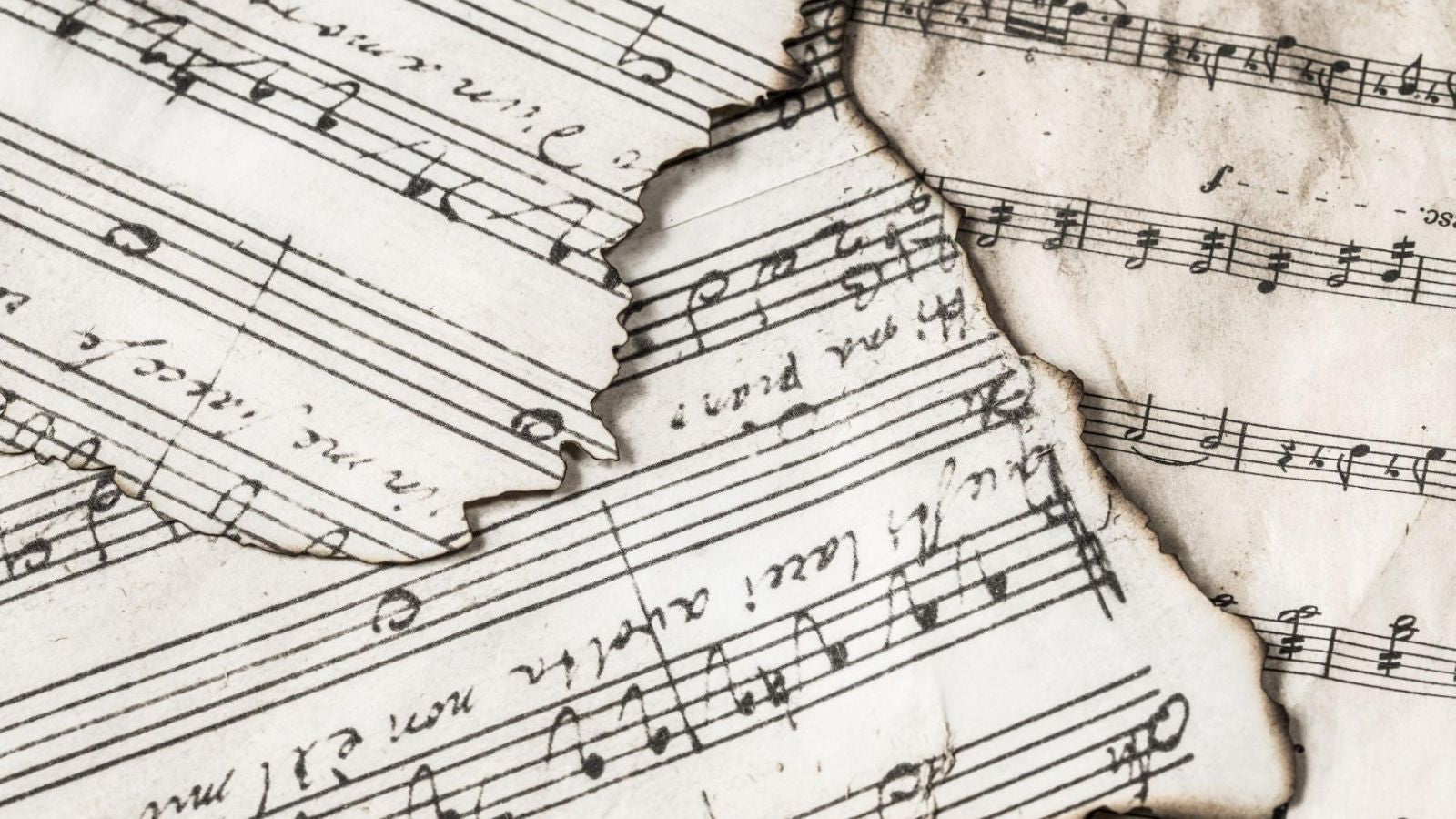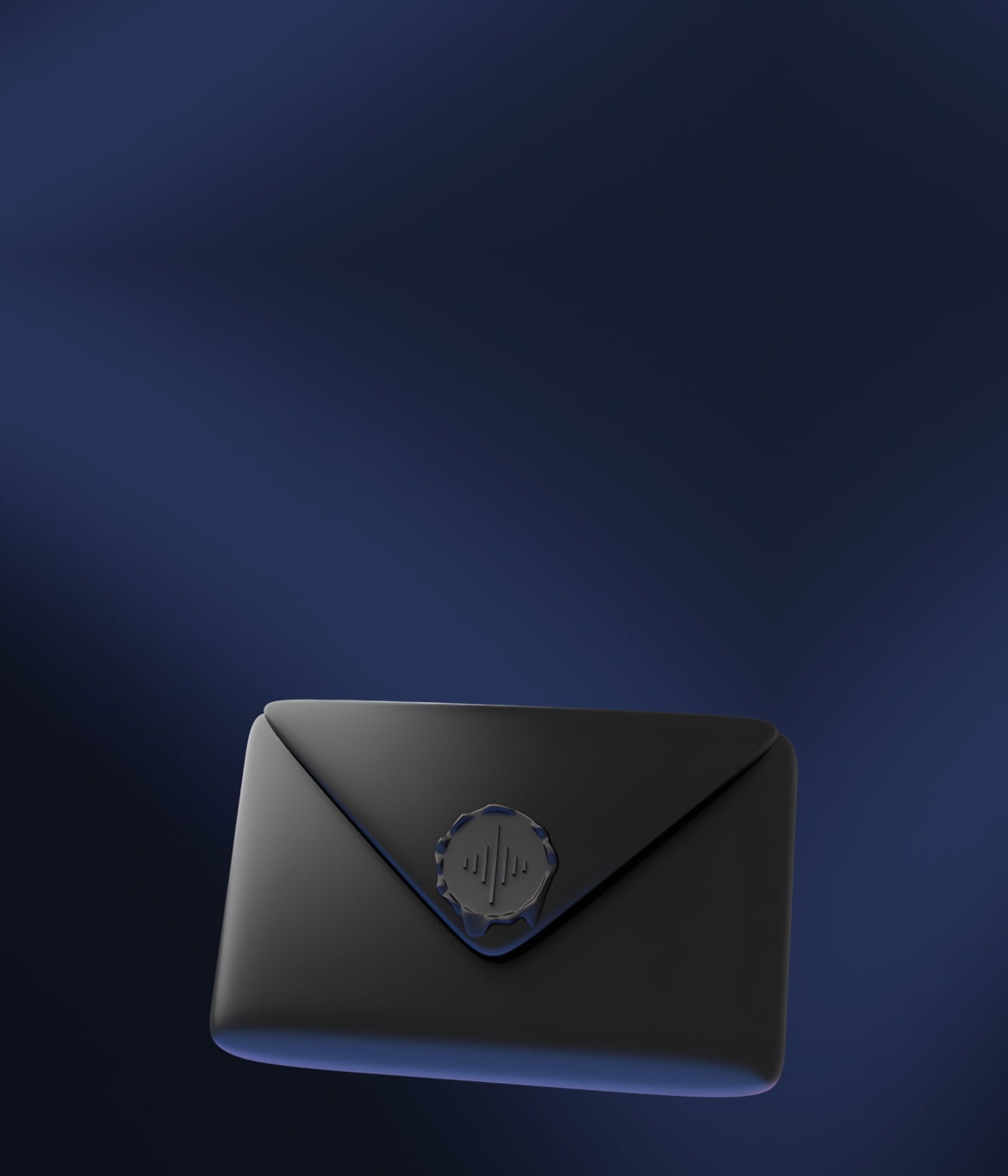Blog3 min read
Understanding the 4/4 time signature
It’s the most frequently used time signature, and for good reason. 4/4 time signature is a great place for budding musicians to learn first.

If you have been playing any genre of music for a long time or are just starting as a beginner, you might have noticed a time stamp or time signature printed at the very beginning of a piece. That’s the time signature, and here’s how it can help you keep better time.
What’s a time signature?
The time signature is a gauge used to measure the number of counts in one measure. It also determines which notes will receive one count. Basically, time signatures are guides built into written music that direct the length of notes.
They help us break down sheet music into smaller, easier-to-learn and remember pieces. The time signature has two numbers; the top one dictates the number of beats in one bar or measure of music.
The lower number is the time signature, which indicates the type of note that gets a complete note. For example, time signature 2 means the note value is half a note per measure.
Click here to learn more about better time-keeping practices.

What’s the 4/4 Time Signature?
In the simplest of words, a 4/4 time signature means four beats per measure. It’s the most frequently used time signature, and for good reason. 4/4 time signature is a great place for budding musicians to learn first.
In fact, the 4/4 time signature is so commonly used in most Western music genres that it’s often called “common time” as well. That’s what the “C” at the very start of a piece of music indicates.
That basically means it’s kind of like a default time signature. Pop, rock, country music, and classical all use this specific signature.
It might be difficult to believe that songs that vary so much in rhythm adhere to the same 4/4 time signature.
The way that’s possible is because 4/4 does not mean that there can only be four quarter notes to each measure. Each of the 4 beats can be made up of half, one-fourth, or even one-eighth notes. Provided that the note and the remaining values add up to a grand total of 4.
Here are some well-loved songs that follow the 4/4 time signature.
- Stayin’ Alive by The Bee Gees
- The Sound Of Silence by Simon & Garfunkel
- Highway to Hell by AC/DC
- I'm A Believer by The Monkees
- Smells Like Teen Spirit by Nirvana
What’s the 3/4 and 2/4 time signature?
Comparable to the 4/4 time meter, the 3/4 time signature indicates three beats for each measure. It’s the most commonly used signature after 4/4.
Generally, it’s considered ideal for the waltz dance. Its popularity soared around the 19th century, thanks in part to the legendary musician Johann Strauss the Second.
Similarly, the 2/4 time signature consists of two beats per measure. It’s primarily used in marching music.
Want to improve your musical skills?
Or download the free Soundbrenner App today to access many free resources that help you grow as a musician.




